The real-world effects of crowding on microlensing analysis
Authors: R.A. Street
Contributors: Y. Tsapras
Photometry in crowded fields
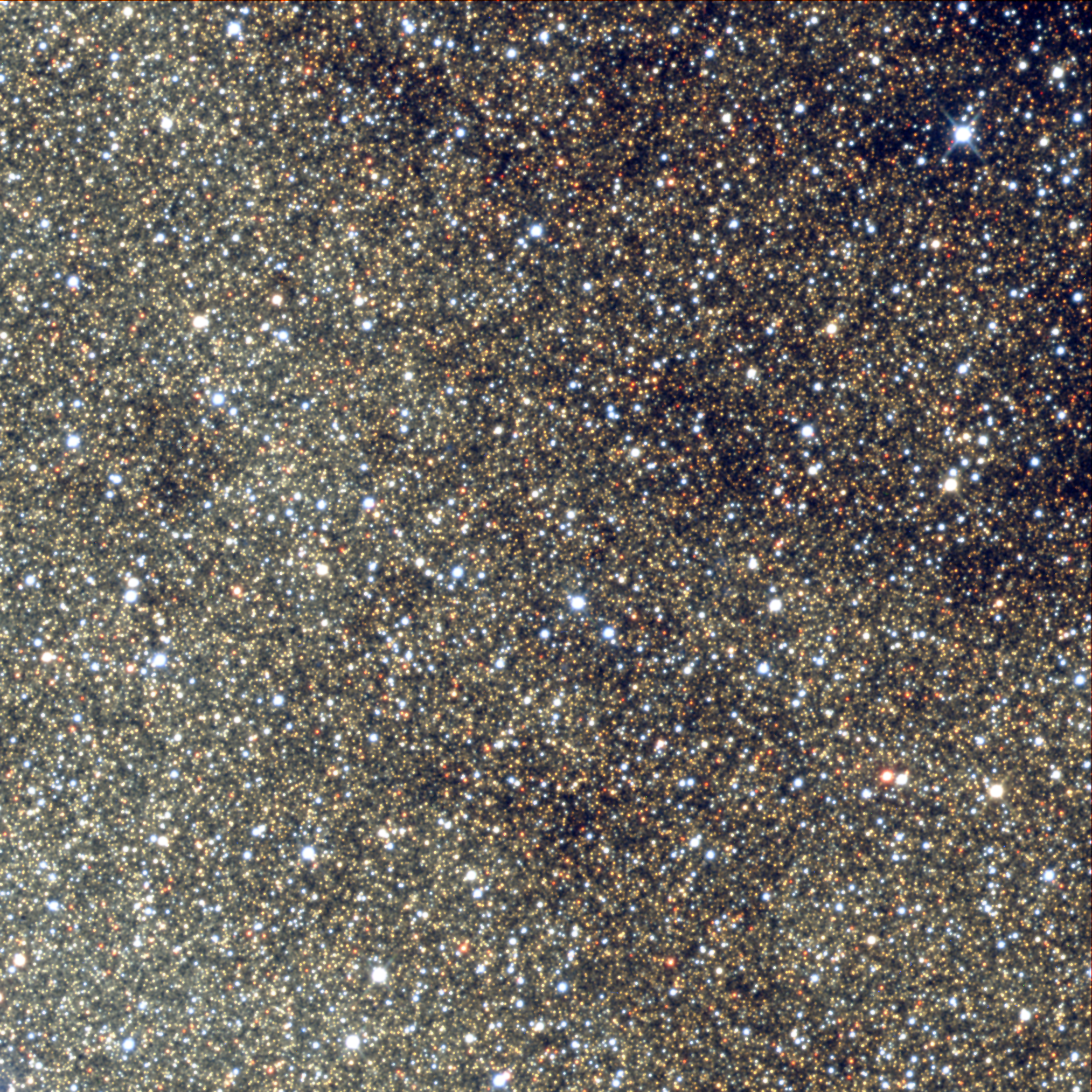
Point Spread Functions (PSF)
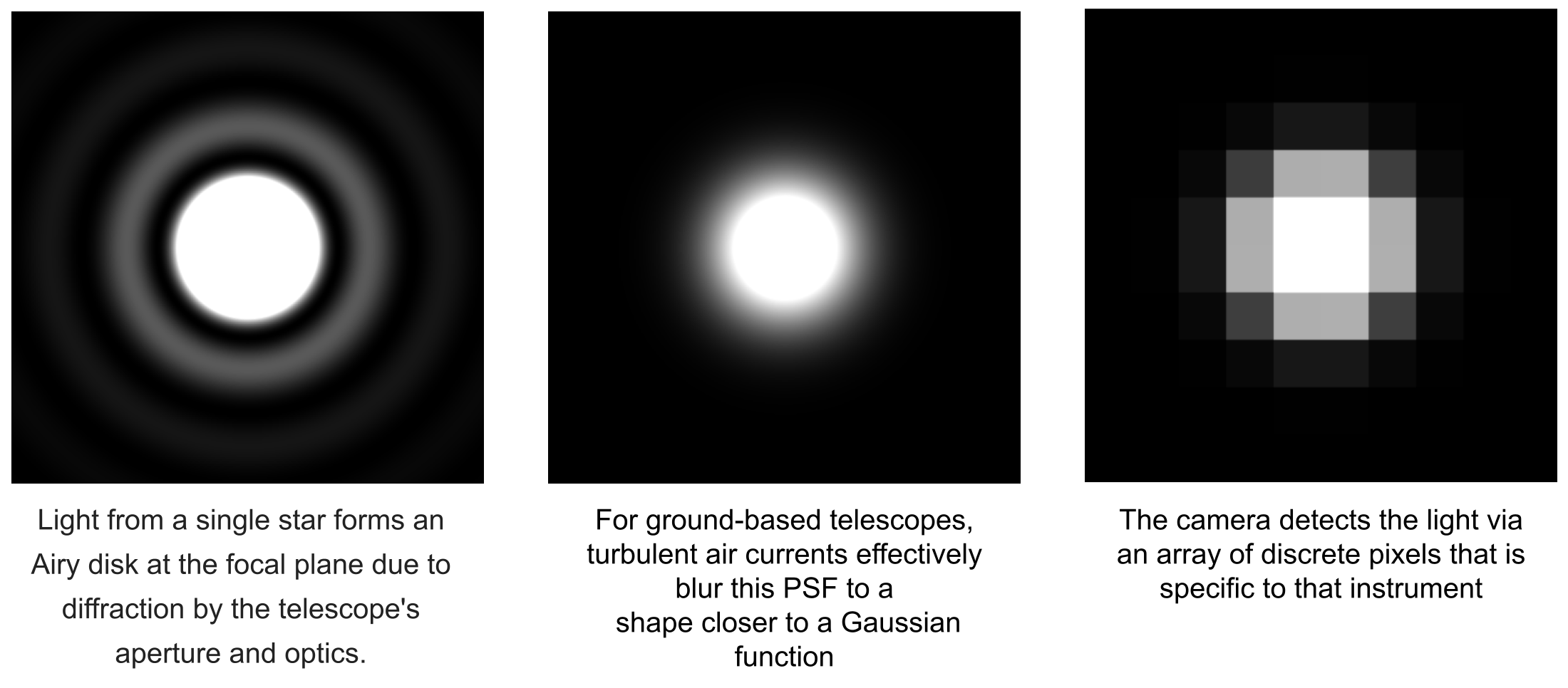
Blended Point Spread Functions
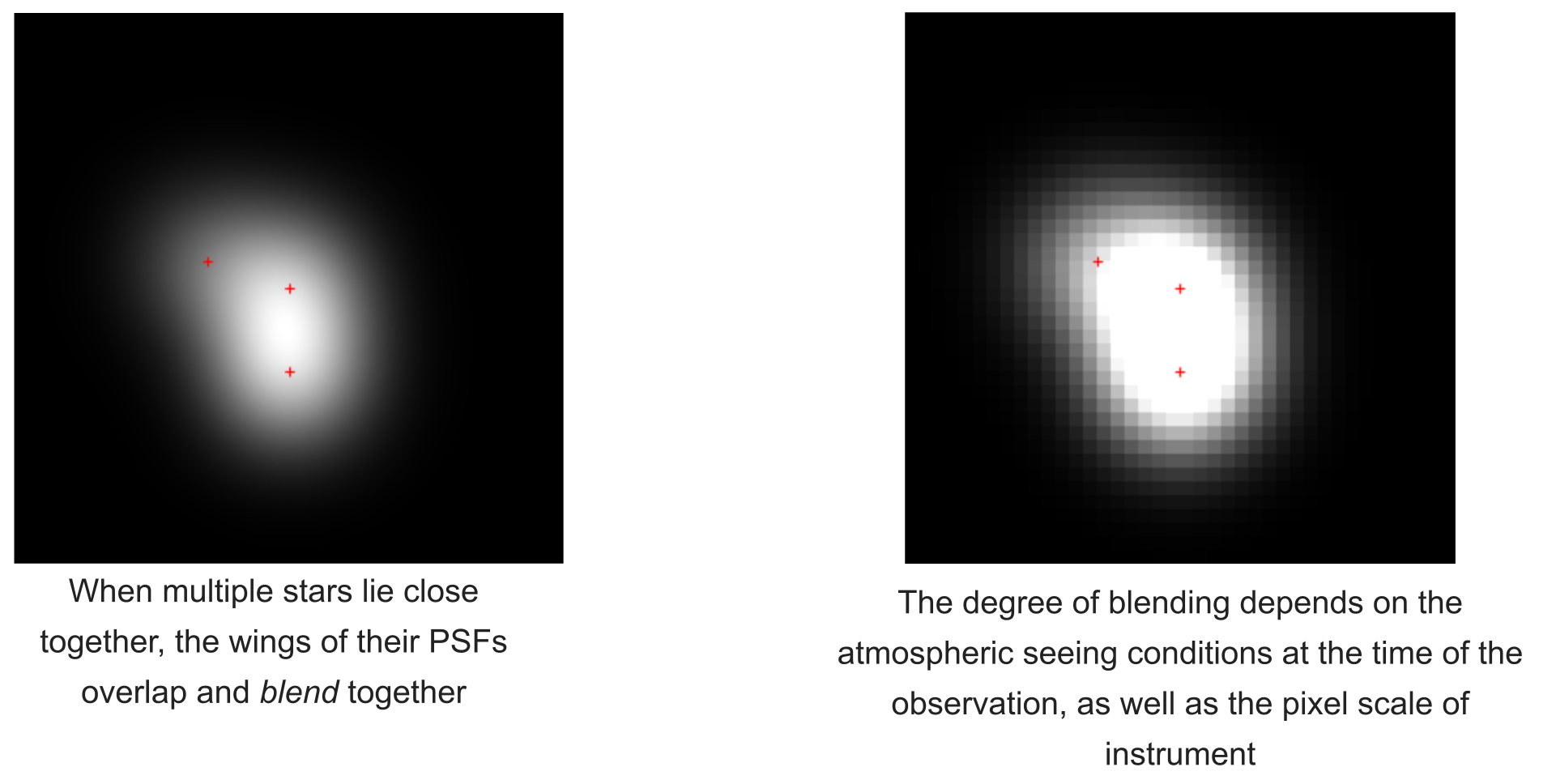
Measuring Flux
Blending results in light from the neighbors contaminating the flux of the lensed star, fλ,s, measured at time t.
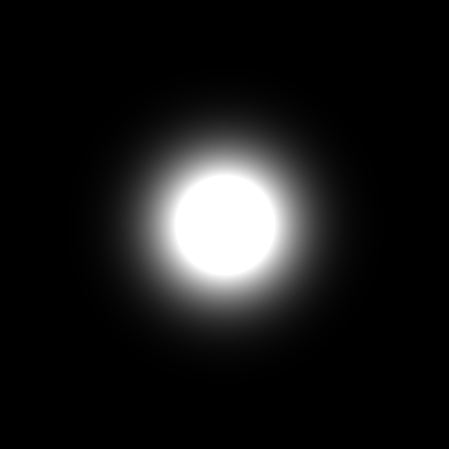
Isolated lensed star:
$$f_{\lambda}(t) = f_{\lambda,s}(t)A(u(t))$$
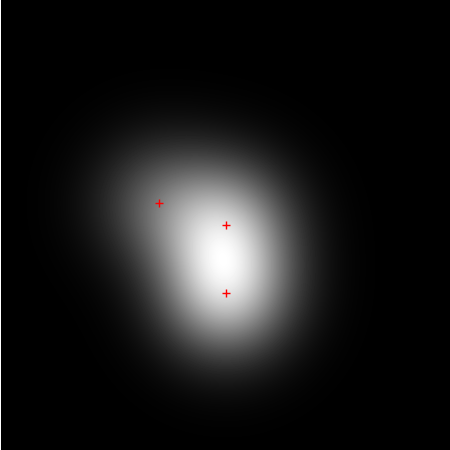
Blended star:
$$f_{\lambda}(t) = f_{\lambda, s}(t)A(u(t)) + f_{\lambda, b}(t)$$
where fλ(t) = measured flux, A(u(t)) = magnification at angular separation u, and fb(t) = blend flux. You may also see the blend ratio, g = fb/fs.
This is strongly time and wavelength dependent - so fs, fb are measured for each dataset
Blending in microlensing light curves
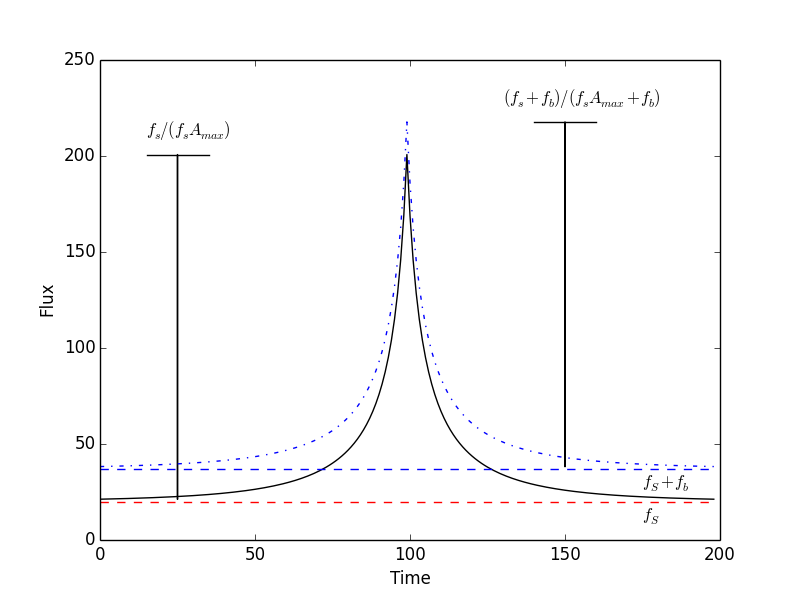
Blending can make tE appear shorter, leading to a mis-estimation of the lens parameters.
It can be a symmetrical change in the light curve, mimicing the parallax component πE,⊥.
Dealing with Blending
We need observations at a range of different magnifications
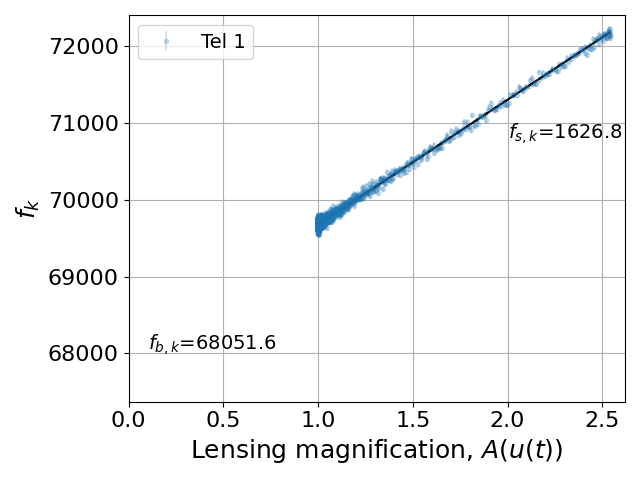
Only the source star is magnified, and A(u(t)) can usually be considered to be the same for all observers.
By measuring the total flux as a function of time for each telescope, we can find the best-fit model for A(u(t)) that includes both source and blend fluxes.